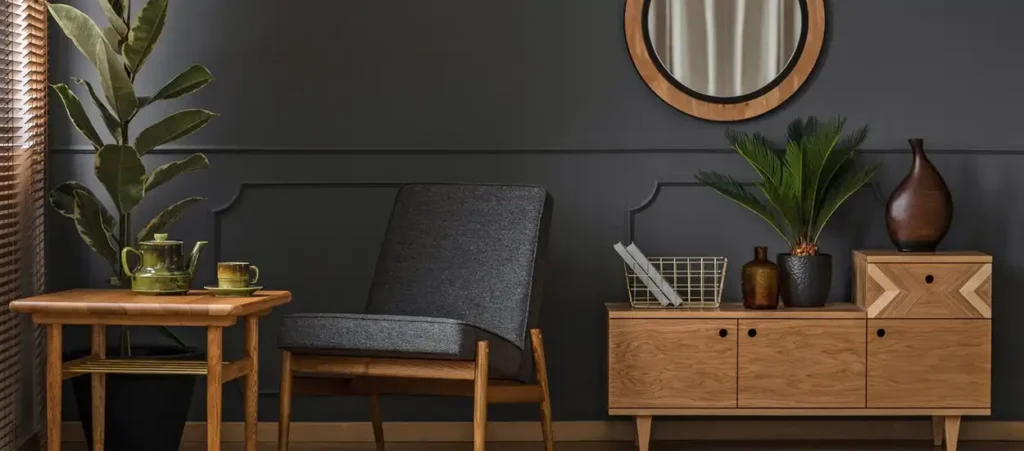When working on woodworking or construction projects, choosing the right type of plywood is crucial for durability and performance. Two common options are marine plywood and regular plywood, but they serve very different purposes. In this guide, we’ll compare their strengths, weaknesses, and best applications to help you decide which one suits your needs.
1. What’s the Difference Between Marine and Regular Plywood?
Marine Plywood
Construction: Made with waterproof glue and high-quality hardwood veneers (often birch or mahogany).
Moisture Resistance: Designed to withstand prolonged exposure to water and humidity.
Grading: Typically A-A or A-B grade, meaning fewer voids and defects.
Common Uses: Boat building, docks, bathrooms, and outdoor furniture
Regular Plywood (Interior/Exterior Grades)
Construction: Uses standard adhesives (urea-formaldehyde for interior, phenol-formaldehyde for exterior).
Moisture Resistance: Exterior-grade resists moisture but not constant water exposure.
Grading: Ranges from A-D, with C-D being common for structural use.
Common Uses: Furniture, subfloors, roofing, and wall sheathing.
Key Takeaway: Marine plywood is waterproof, while regular plywood is water-resistant (depending on grade).

2. When Should You Use Marine Plywood?
Marine plywood is more expensive, but it’s worth the investment in these cases:
A. High-Moisture Environments
Boat hulls, docks, and poolside furniture
Bathroom vanities and kitchen cabinets (if exposed to humidity)
B. Projects Requiring Longevity
Outdoor structures (gazebos, pergolas)
High-end furniture that needs to last decades
C. When Building Codes Require It
Some coastal areas mandate marine-grade materials for durability.
Warning: Not all “marine plywood” is equal—look for BS 1088 or APA certification for true marine-grade quality.
2. When Should You Use Marine Plywood?
Final Verdict: Which One Should You Choose?
Choose Marine Plywood If:
Your project will face constant moisture.
Long-term durability is a priority.
You’re willing to invest in premium materials.
Choose Regular Plywood If:
You’re working on a budget.
The project is indoors or short-term.
You can add sealants for minor moisture protection.

